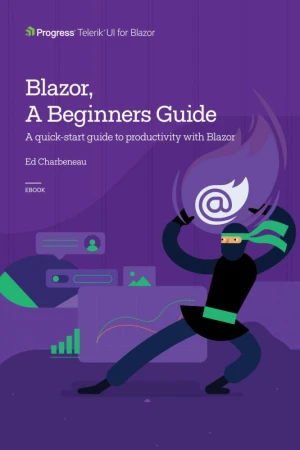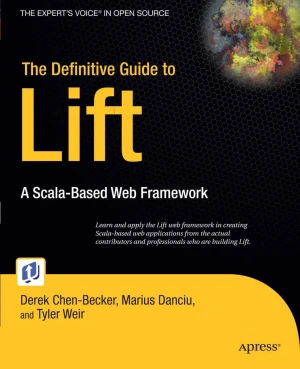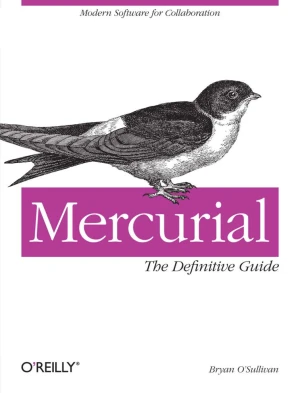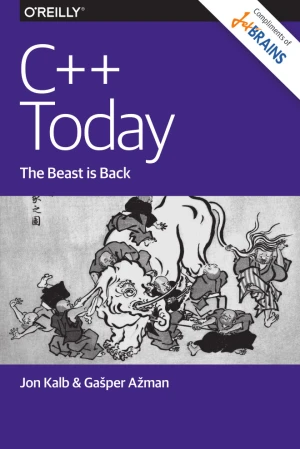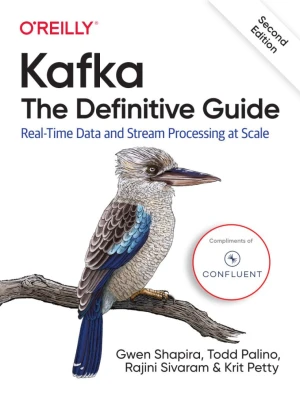Jenkins: The Definitive Guide
Continuous Integration for the Masses
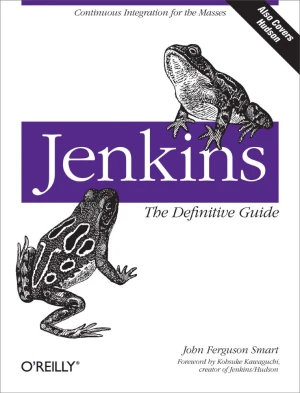
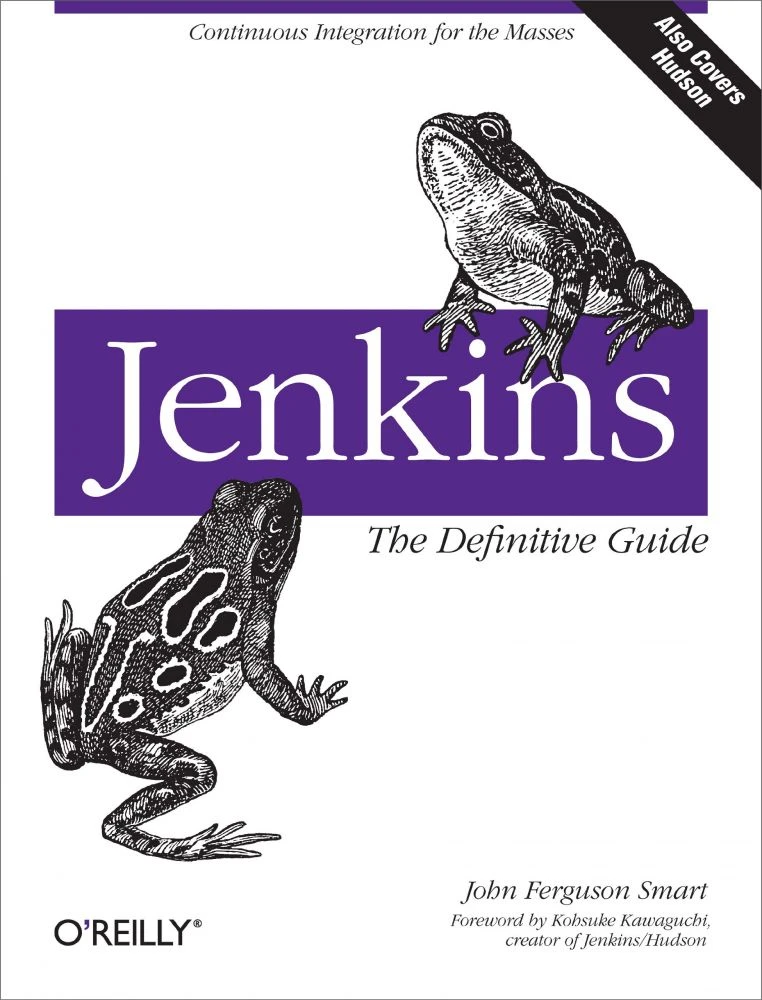
Book Details
| Author | John Ferguson Smart |
| Publisher | O'Reilly Media |
| Published | 2011 |
| Edition | 1st |
| Paperback | 417 pages |
| Language | English |
| ISBN-13 | 9781449305352 |
| ISBN-10 | 1449305350 |
| License | Creative Commons Attribution-NonCommercial-NoDerivatives |
Book Description
Streamline software development with Jenkins, the popular Java-based open source tool that has revolutionized the way teams think about Continuous Integration (CI). This complete guide shows you how to automate your build, integration, release, and deployment processes with Jenkins - and demonstrates how CI can save you time, money, and many headaches.
Ideal for developers, software architects, and project managers, Jenkins: The Definitive Guide is both a CI tutorial and a comprehensive Jenkins reference. Through its wealth of best practices and real-world tips, you'll discover how easy it is to set up a CI service with Jenkins.
- Learn how to install, configure, and secure your Jenkins server;
- Organize and monitor general-purpose build jobs;
- Integrate automated tests to verify builds, and set up code quality reporting;
- Establish effective team notification strategies and techniques;
- Configure build pipelines, parameterized jobs, matrix builds, and other advanced jobs;
- Manage a farm of Jenkins servers to run distributed builds;
- Implement automated deployment and continuous delivery.
This book is available under a Creative Commons Attribution-NonCommercial-NoDerivatives license (CC BY-NC-ND), which means that you are free to copy and distribute it, as long as you attribute the source, don't use it commercially, and don't create modified versions.
If you enjoyed the book and would like to support the author, you can purchase a printed copy (hardcover or paperback) from official retailers.
Download and Read Links
Share this Book
[localhost]# find . -name "*Similar_Books*"
Blazor, A Beginners Guide
Blazor, A Beginners Guide is intended for developers with some .NET experience. If you're coming from a non-.NET development background, you may learn some .NET basics along the way, but supplemental material around C# and .NET would be of great help to you. The book begins with the author's own perspective on WebAssembly, why it's important to hav
The Definitive Guide to Lift
Lift is designed to make powerful techniques easily accessible, while keeping the overall framework simple and flexible. Lift makes it fun to develop because it lets you focus on the interesting parts of coding. For those of you have experience with other web frameworks such as Struts, Tapestry, Rails, et cetera, you must be asking yourself, "Why a
Mercurial: The Definitive Guide
This instructive book takes you step by step through ways to track, merge, and manage both open source and commercial software projects with Mercurial, using Windows, Mac OS X, Linux, Solaris, and other systems. Mercurial is the easiest system to learn when it comes to distributed revision control. And it's a very flexible tool that's ideal whether
C++ Today
Now that software development is shifting primarily toward mobile and cloud computing, the venerable C++ programming language is returning to the dominant position it held during the object-oriented boom of the 1990s. In this O'Reilly report, you'll learn why C++ is once again the preferred choice across several diverse industries, after taking a b
Cassandra: The Definitive Guide, 3rd Edition
Imagine what you could do if scalability wasn't a problem. With this hands-on guide, you'll learn how the Cassandra database management system handles hundreds of terabytes of data while remaining highly available across multiple data centers. This third edition - updated for Cassandra 4.0 - provides the technical details and practical examples you
Kafka: The Definitive Guide, 2nd Edition
Every enterprise application creates data, whether it consists of log messages, metrics, user activity, or outgoing messages. Moving all this data is just as important as the data itself. With this updated edition, application architects, developers, and production engineers new to the Kafka streaming platform will learn how to handle data in motio

